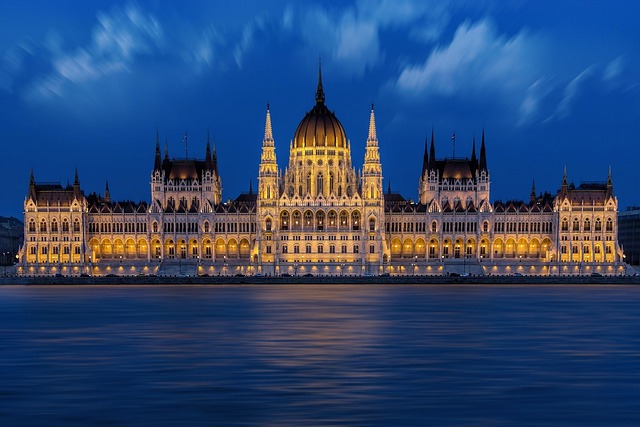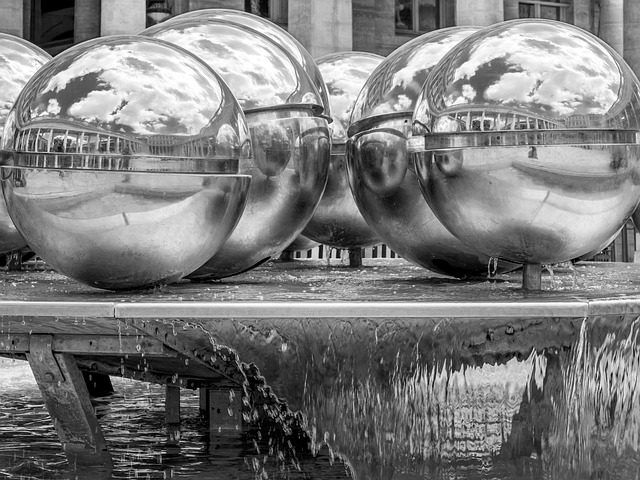
Madhya Pradesh: A Central Gem of India
Madhya Pradesh, often referred to as the "Heart of India," is a state located in the central part of the country. It is the second largest state by area and the fifth largest by population, boasting over 72 million residents. The capital city is Bhopal, which is known for its rich history and vibrant culture. Other significant cities include Indore, Gwalior, Jabalpur, and Sagar.
Geographical Overview
The state shares its borders with several other Indian states: Rajasthan to the northwest, Uttar Pradesh to the northeast, Chhattisgarh to the east, Maharashtra to the south, and Gujarat to the west. This strategic location not only makes Madhya Pradesh a central hub for trade and commerce but also a melting pot of diverse cultures and traditions.
Historical Significance
Madhya Pradesh has a rich historical background that dates back to ancient times. The region was home to the Avanti Mahajanapada, with Ujjain (formerly Avantika) serving as its capital. Ujjain emerged as a significant urban center during the second wave of Indian urbanization in the sixth century BCE. The city is also known for its association with Hindu mythology and its historical significance in the field of astronomy.
Post-Independence Era
After India gained independence in 1947, the state underwent several administrative changes. The Central Provinces and Berar were renamed Madhya Pradesh, with Nagpur initially serving as its capital. Over the years, the state has seen various developments and has become an important player in India's economic landscape.
Cultural Diversity
Madhya Pradesh is renowned for its cultural diversity, which is reflected in its festivals, cuisine, and traditional arts. The state celebrates numerous festivals such as Diwali, Holi, and Makar Sankranti with great enthusiasm. The local cuisine is a blend of various influences, featuring dishes like poha, jalebi, and bhutte ka kis. Additionally, Madhya Pradesh is famous for its handicrafts, including textiles, pottery, and tribal art.
Tourism and Attractions
Tourism plays a significant role in Madhya Pradesh's economy. The state is home to several national parks, wildlife sanctuaries, and historical monuments. Some of the most popular tourist destinations include:
- Kanha National Park: Known for its rich biodiversity and as a habitat for the Bengal tiger.
- Bandhavgarh National Park: Famous for its population of tigers and ancient fort ruins.
- Khajuraho Temples: A UNESCO World Heritage site known for its stunning sculptures and intricate carvings.
- Gwalior Fort: An iconic fort that showcases the grandeur of Indian architecture.
- Ujjain: A city steeped in history and spirituality, known for the Kumbh Mela.
Economic Landscape
The economy of Madhya Pradesh is diverse, with agriculture being a significant contributor. The state is one of the largest producers of wheat, rice, and pulses in India. Additionally, Madhya Pradesh has a growing industrial sector, particularly in areas such as textiles, cement, and information technology. The government has been actively promoting investment in various sectors to boost economic growth.
Conclusion
Madhya Pradesh is a state that offers a unique blend of history, culture, and natural beauty. Its strategic location, rich heritage, and diverse economy make it an important part of India. Whether one is interested in exploring its historical sites, experiencing its vibrant culture, or enjoying its natural landscapes, Madhya Pradesh has something to offer for everyone.

















 Aesthetic Procedures For Double Chin
Aesthetic Procedures For Double Chin 
 Health
Health  Fitness
Fitness  Lifestyle
Lifestyle  Tech
Tech  Travel
Travel  Food
Food  Education
Education  Parenting
Parenting  Career & Work
Career & Work  Hobbies
Hobbies  Wellness
Wellness  Beauty
Beauty  Cars
Cars  Art
Art  Science
Science  Culture
Culture  Books
Books  Music
Music  Movies
Movies  Gaming
Gaming  Sports
Sports  Nature
Nature  Home & Garden
Home & Garden  Business & Finance
Business & Finance  Relationships
Relationships  Pets
Pets  Shopping
Shopping  Mindset & Inspiration
Mindset & Inspiration  Environment
Environment  Gadgets
Gadgets  Politics
Politics 